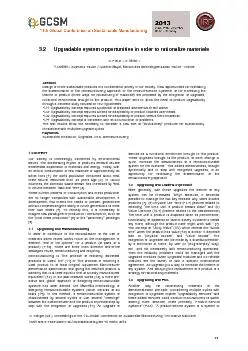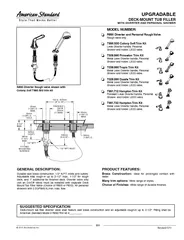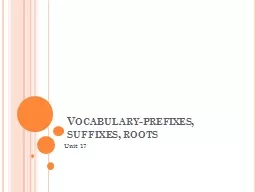PDF-Upgradable system opportunities in order to rationalize materials ...
Author : luanne-stotts | Published Date : 2015-11-30
Figure Focus on H2 France vs Germany Figure H4 France vs Germany42 Results of the Focus Groups To complete the survey results particularly on the Hypothesis
Presentation Embed Code
Download Presentation
Download Presentation The PPT/PDF document "Upgradable system opportunities in order..." is the property of its rightful owner. Permission is granted to download and print the materials on this website for personal, non-commercial use only, and to display it on your personal computer provided you do not modify the materials and that you retain all copyright notices contained in the materials. By downloading content from our website, you accept the terms of this agreement.
Upgradable system opportunities in order to rationalize materials ...: Transcript
Download Rules Of Document
"Upgradable system opportunities in order to rationalize materials
..."The content belongs to its owner. You may download and print it for personal use, without modification, and keep all copyright notices. By downloading, you agree to these terms.
Related Documents














